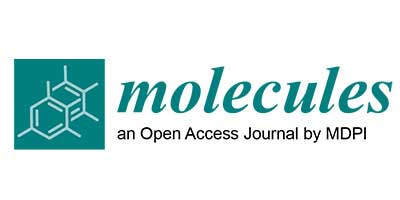 “Medical marijuana is becoming widely available to patients in the U.S. and with recreational marijuana now legalized in many states, patient interest is on the rise.
“Medical marijuana is becoming widely available to patients in the U.S. and with recreational marijuana now legalized in many states, patient interest is on the rise.
The endocannabinoid system plays an important role in skin homeostasis in addition to broader effects on neurogenic responses such as pruritus and nociception, inflammation, and immune reactions. There are numerous studies of in vitro and animal models that provide insight into the possible mechanisms of cannabinoid modulation on pruritus, with the most evidence behind neuronal modulation of both peripheral itch fibers and centrally-acting cannabinoid receptors.
In addition, human studies, while limited due to differences in cannabinoids used, disease models, and delivery method, have consistently shown significant reductions in both scratching and symptomatology in chronic pruritus. Clinical studies that have shown reduction in pruritus in several dermatologic (atopic dermatitis, psoriasis, asteatotic eczema, prurigo nodularis, allergic contact dermatitis) and systemic (uremic pruritus, cholestatic pruritus) diseases.
These preliminary human studies warrant controlled trials to confirm the benefit of cannabinoids for treatment of pruritus and to standardize treatment regimens and indications. In patients who have refractory chronic pruritus after standard therapies, cannabinoid formulations may be considered as an adjuvant therapy where it is legal.”

 “Irritable bowel syndrome (IBS) global burden is underestimated despite its high prevalence. It’s a gastrointestinal disease having obscure pathophysiology with multiple therapies yet unsatisfactory remedies.
“Irritable bowel syndrome (IBS) global burden is underestimated despite its high prevalence. It’s a gastrointestinal disease having obscure pathophysiology with multiple therapies yet unsatisfactory remedies. “In recent years, the endocannabinoid system has received great interest as a potential therapeutic target in numerous pathological conditions.
“In recent years, the endocannabinoid system has received great interest as a potential therapeutic target in numerous pathological conditions. “Parkinson’s disease is a neurodegenerative disorder, the motor symptoms of which are associated classically with Lewy body formation and nigrostriatal degeneration.
“Parkinson’s disease is a neurodegenerative disorder, the motor symptoms of which are associated classically with Lewy body formation and nigrostriatal degeneration. “Alzheimer’s disease (AD) is a neurodegenerative disorder which accounts for 60-70% of the 50 million worldwide cases of dementia and is characterised by cognitive impairments, many of which have long been associated with dysfunction of the cholinergic system.
“Alzheimer’s disease (AD) is a neurodegenerative disorder which accounts for 60-70% of the 50 million worldwide cases of dementia and is characterised by cognitive impairments, many of which have long been associated with dysfunction of the cholinergic system. “Osteoarticular equine disease is a common cause of malady; in general, its therapy is supported on steroids and nonsteroidal anti-inflammatories. Nevertheless, many side effects may develop when these drugs are administered. Nowadays, the use of new alternatives for this pathology attention is demanded; in that sense,
“Osteoarticular equine disease is a common cause of malady; in general, its therapy is supported on steroids and nonsteroidal anti-inflammatories. Nevertheless, many side effects may develop when these drugs are administered. Nowadays, the use of new alternatives for this pathology attention is demanded; in that sense,  “Tetrahydrocannabinol (THC), cannabidiol (CBD) and cannabinol (CBN) affect the human endocannabinoid system.
“Tetrahydrocannabinol (THC), cannabidiol (CBD) and cannabinol (CBN) affect the human endocannabinoid system.
 “Confident relationships between diabetes and liver damage have previously been established.
“Confident relationships between diabetes and liver damage have previously been established.